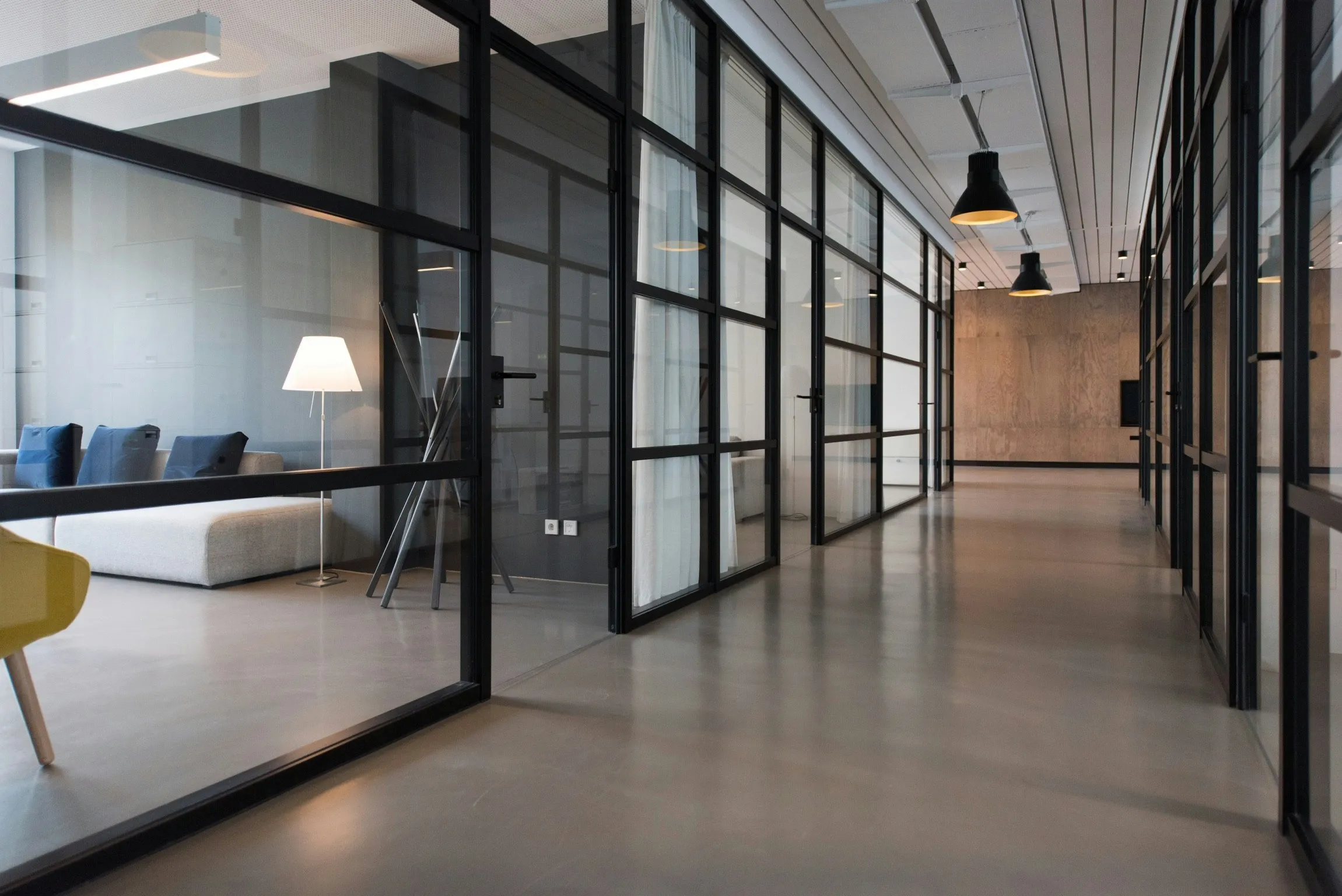This section is currently unavailable!
The blog section is no longer active. You can continue browsing the rest of the website.
👉 Return to Homepage

The blog section is no longer active. You can continue browsing the rest of the website.
👉 Return to Homepage
